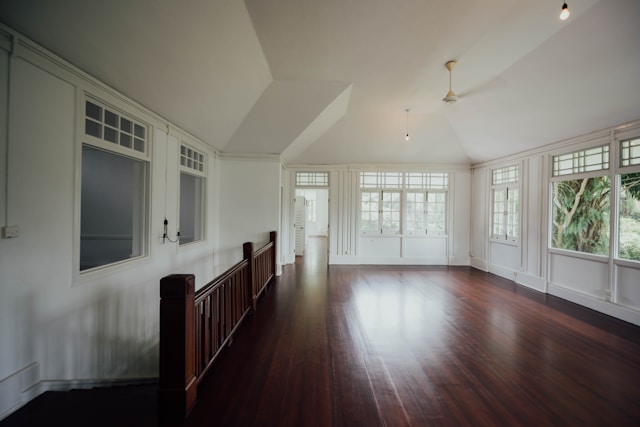Modern Flooring Systems: Engineering Durable Surfaces for Contemporary Construction

In modern construction, flooring systems have evolved from basic surface coverings to complex multi-layer assemblies. From traditional concrete subfloors to advanced floating floor systems, contemporary flooring integrates structural performance with aesthetic requirements while addressing acoustic and thermal challenges.
The foundation of quality flooring installation lies in precise subfloor preparation, moisture mitigation, and expansion joint planning. These critical elements ensure dimensional stability and prevent premature wear in both residential and commercial environments.
Floor System Engineering
Modern flooring construction requires understanding of load distribution and material compatibility. Advanced techniques include self-leveling underlayments, uncoupling membranes for tile installations, and engineered wood systems with integrated vapor barriers for below-grade applications.
"A successful floor isn't just what you see - it's the invisible layers beneath that determine its longevity and performance."— Sarah Johnson, Flooring Systems Engineer
Innovative Surface Technologies
The flooring industry now offers photocatalytic ceramic tiles, conductive flooring for static control, and modular click-lock systems with integrated underfloor heating. Recent advancements include antimicrobial surface treatments and digital printing technologies for hyper-realistic material replication.
Essential Flooring Components
- Moisture-resistant underlayment
- Expansion gap spacers
- Acoustic damping compounds
- UV-cured wear layers
Future trends include self-healing polyurethane coatings, piezoelectric flooring for energy harvesting, and smart floors with pressure-sensitive sensors. This blog explores how these innovations are transforming floor surfaces into interactive building components with multifunctional capabilities.